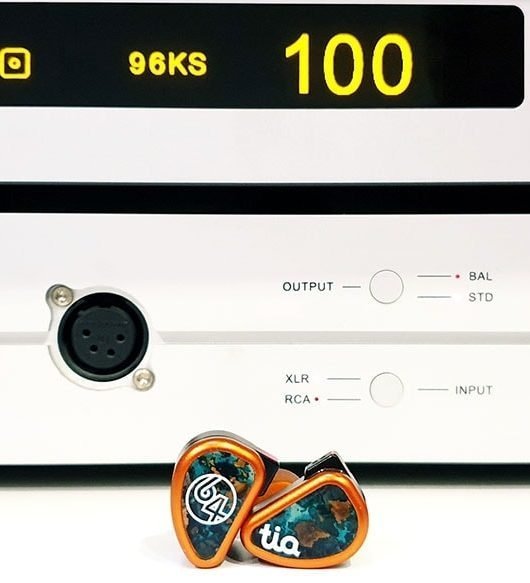
Ya-Xuan Liang, Xue-Yi Sun, De-Zhong Xu, Jun-Ru Huang, Quan Tang, Zhong-Lin Lu, Rui Liu.Membrane Stabilization of Poly(ethylene glycol)-b-polypeptide-g-trehalose Assists Cryopreservation of Red Blood Cells. Bo Liu, Lingyue Zhang, Qifa Zhang, Shuhui Gao, Yunhui Zhao, Lixia Ren, Wenxiong Shi, Xiaoyan Yuan.ACS Applied Materials & Interfaces 2021, 13 pH-Sensitive Nanoparticles Composed Solely of Membrane-Disruptive Macromolecules for Treating Pancreatic Cancer. Journal of the American Chemical Society 2022, 144 Heterochiral β-Peptide Polymers Combating Multidrug-Resistant Cancers Effectively without Inducing Drug Resistance.

Ning Shao, Ling Yuan, Pengcheng Ma, Min Zhou, Ximian Xiao, Zihao Cong, Yueming Wu, Guohui Xiao, Jian Fei, Runhui Liu.Clearly, making HDPs and their mimetics sensitive to tumor-characteristic cues (e.g., acidic pH) is efficient in minimizing their off-target toxicity, thereby offering membrane-disruptive, drug-free macromolecular therapeutics for fighting against cancer drug-resistance. More important, the pH-sensitive micelle exhibits undetectable off-target toxicity, owing to its pH-sensitivity. Nevertheless, the pH-sensitive micelle achieves significantly higher tumor uptake and strikingly better therapeutic efficacy than its completely inactive analogue. When administered intravenously, these micelles-irrespective of their distinct activity profiles-unanimously exhibit long systemic circulation as do PEGylated micelle nanoparticles, despite of their lacking stealth materials, owing to the zwitterionic nature of their surfaces at blood pH. As expected, these micelles exhibit in vitro cytotoxicity profiles that correlate with their membrane-disruptive activity profiles. Using the most and least active micelles as representatives, we find that their distinct potency in disrupting membranes arises because of their striking tendency to dissociate upon exposure to tumor pH.

For these polymer mimetics, there exists a maximal threshold of chain length that determines whether the micelle of a mimetic inherits its pH-sensitive activity. We herein endow polymer mimetics of HDPs with acid-triggered cationicity, to make them membrane-disruptive at only tumor pH.

Note that the tumor has a slightly acidic microenvironment (pH 6.5–6.8) in contrast to the alkaline microenvironment in normal tissues (pH 7.4) and that host-defense peptides (HDPs) and their synthetic mimetics need to be net cationic to be membrane-disruptive. Their inability to distinguish cancerous from normal cells, however, results in significant off-target toxicity. Membrane-disruptive, drug-free macromolecular therapeutics may help overcome cancer drug-resistance.


 0 kommentar(er)
0 kommentar(er)
